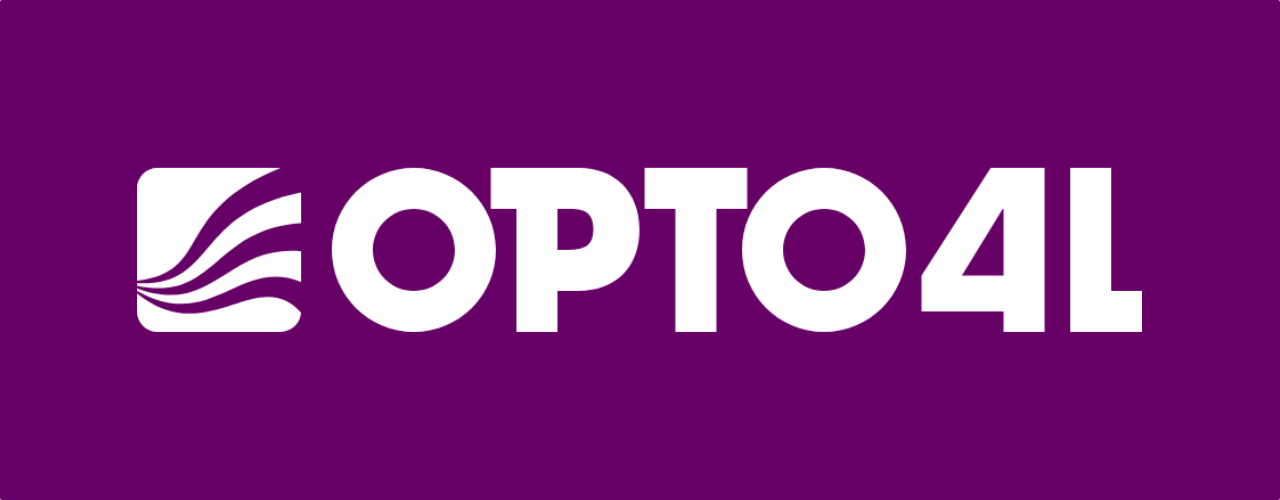Numerical values show the difference.

Colorimeters excel at reporting even minute color differences.
Numerical values show the difference.
Minute color differences are the biggest headache anywhere that color is used. But with a colorimeter, even
minute color differences can be expressed numerically and easily understood. Let’s use the Lab* and
LCh color spaces to look at the color difference between two apples. Using apple 1’s
color(L=43.31,a=+47.63,b=+14.12) as the standard, if we measure the difference of apple 2’s color(L=47.34,a=+44.58,b=+15.16)from apple a’s color, we get the results shown in display A
below. The difference is also shown on the graph in Portion of a,b chromaticity diagram.
The diagram of Figure 13 should make color difference in the Lab* color spaces easier to understand. In
the Lab* color space, color difference can be expressed as a single numerical value,△Eab,which indicates the size of the color difference but not in what way the colors are different. △Eab is defined by
the following equation △Eab=√(△L)2+(△a)2+(△b)2 if we put the values △L=+4.03,
△a=-3.05,and △b=+1.04 from display A above into this equation, we get △Eab=5.16, which is the
value shown in the upper left corner of display A. if we measure the color difference between the two
apples using the LCh color space, we get the results shown in display B above. The value of △L* is the
same as the value measured in the Lab* color space. △C=-2.59,indicating that apple 2’s color is less saturated. The hue difference between the two apples, △H(defined by the equation
△H=√(△Eab)2-(△L)2-(△C)2),is +1.92,which if we look at Figure 14, means that the color of
apples 2 is closer to the +b* axis, and so is more yellow.





